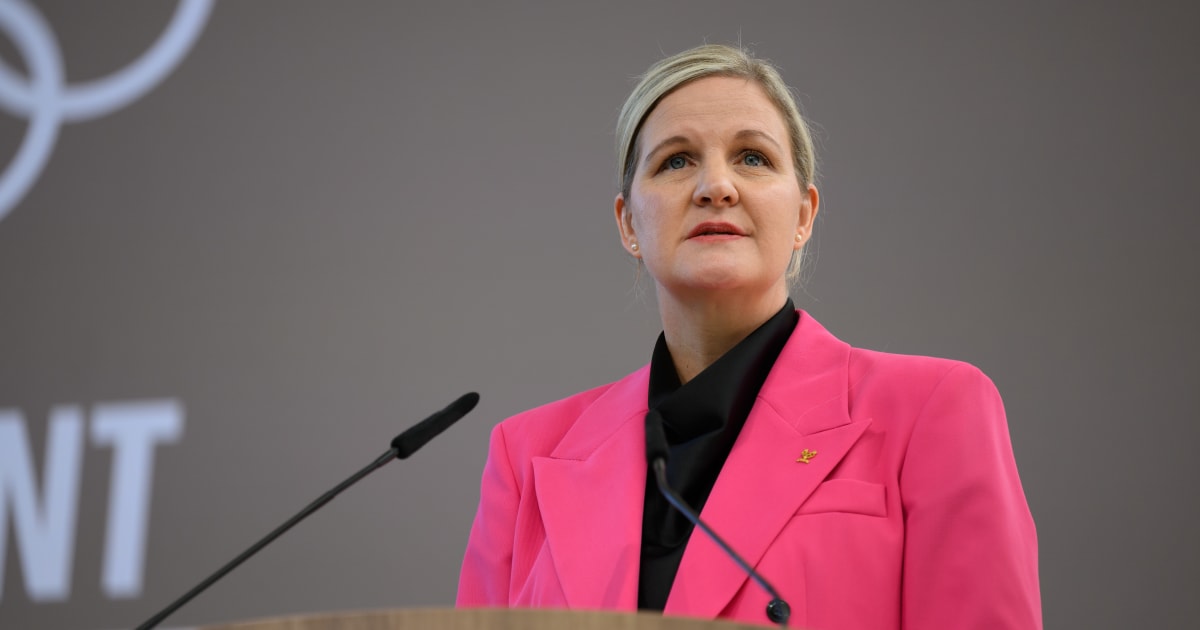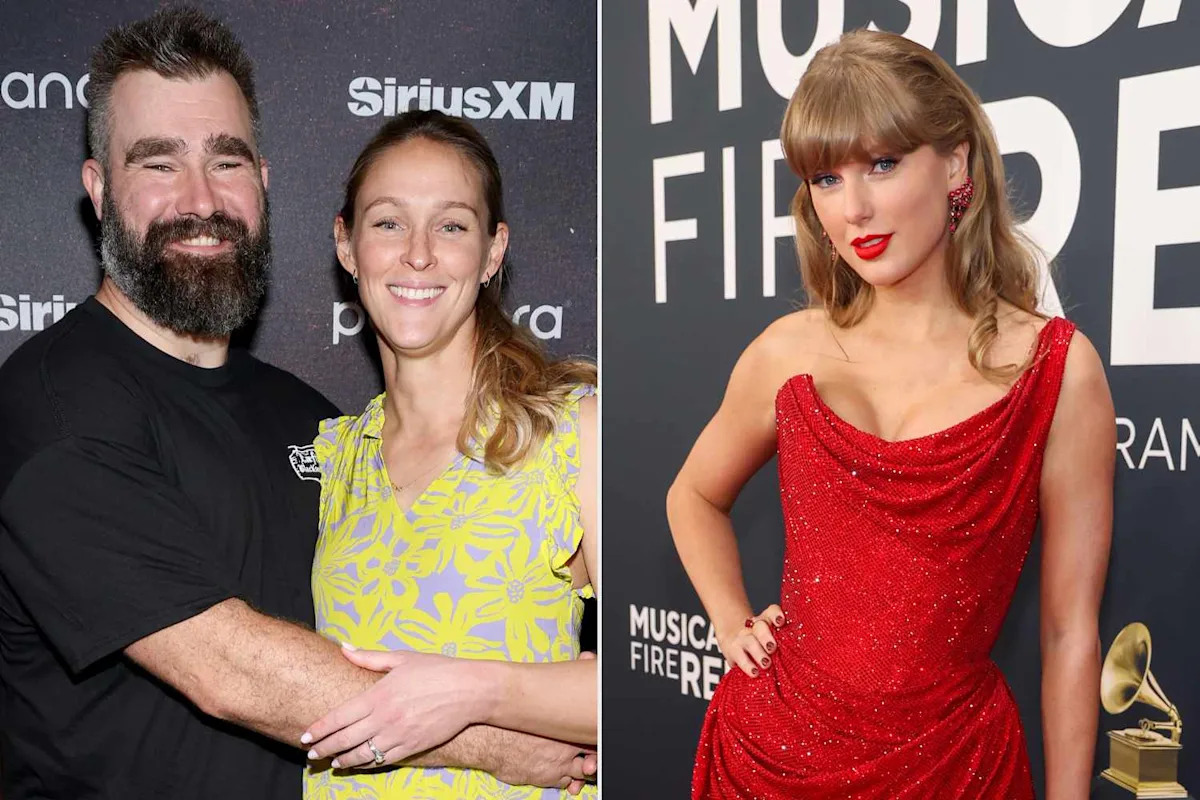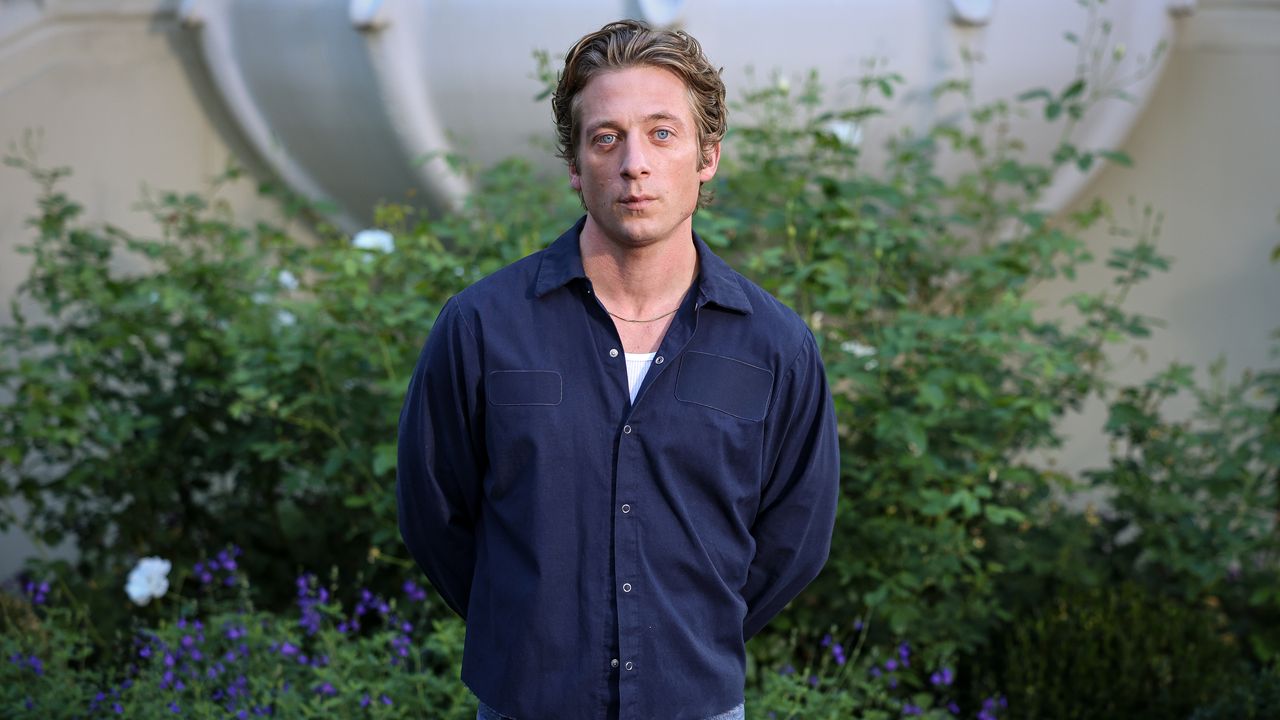“Fit for the Future,” a new initiative which consults active and retired Olympians, has been launched.
The consultation was created by International Olympic Committee (IOC) President, Kirsty Coventry, to gather the thoughts and opinions of…

“Fit for the Future,” a new initiative which consults active and retired Olympians, has been launched.
The consultation was created by International Olympic Committee (IOC) President, Kirsty Coventry, to gather the thoughts and opinions of…

 Getty Images
Getty ImagesA reality TV celebrity who has campaigned for safety for women and…

Jason Kelce opened up about wife Kylie Kelce’s favorite song on Taylor Swift’s new album, The Life of a Showgirl
Jason said the track captured the mother of his four children’s “mentality”
Coincidentally, Swift has also listed the song…

Kincaid Archive isn’t really a fashion brand in the traditional sense. It’s more of a nirvana for thrifty types—part store, part archive, part insider secret. Ryan Gosling’s coat? Cillian Murphy’s belt? Both from there. It’s the kinda…
You don’t have permission to access “http://cricket.one/entertainment/babar-azam-shows-his-funny-side-with-viral-dance-moves-in-training-session-for-pakistan/68e671e47da7f77e4c99ecea” on this server.
Reference…

Arab nations have condemned far-right Israeli minister Itamar Ben Gvir after he prayed at Jerusalem’s most sensitive holy site today, despite a decades-old…